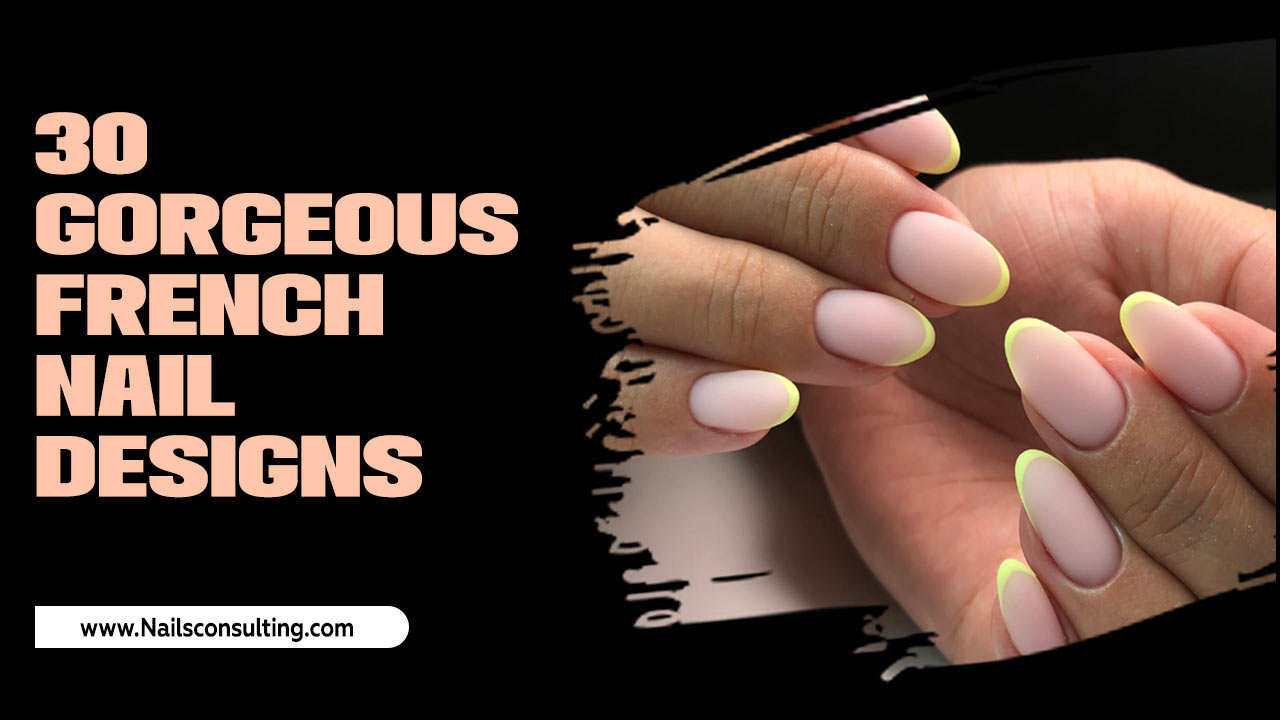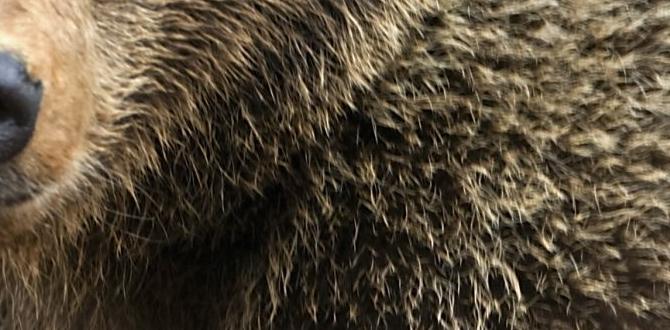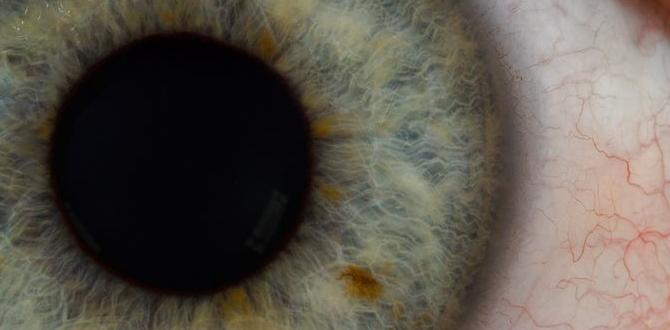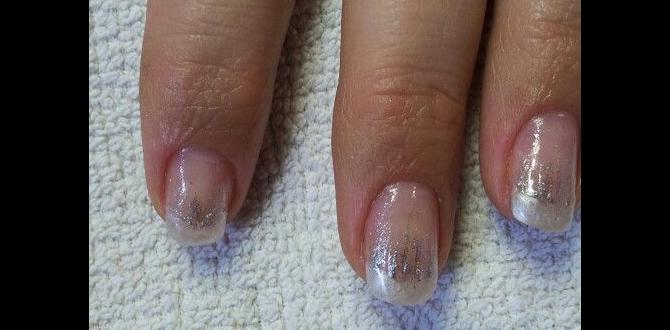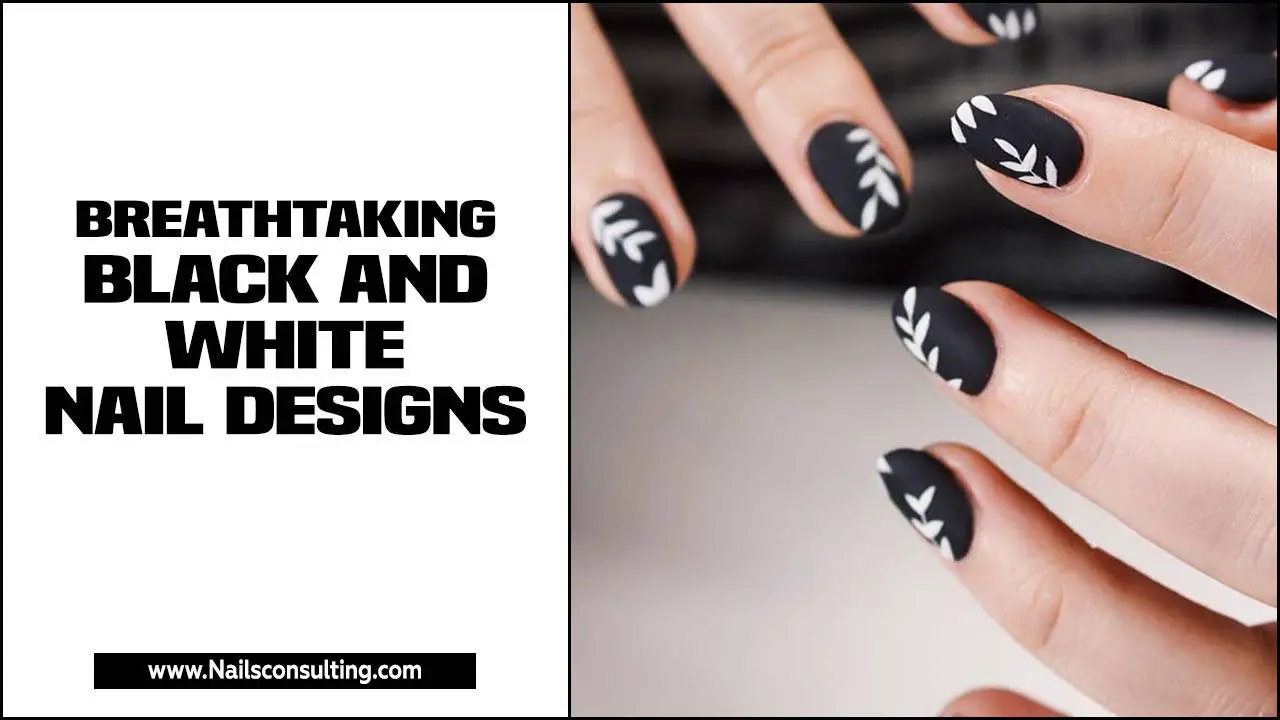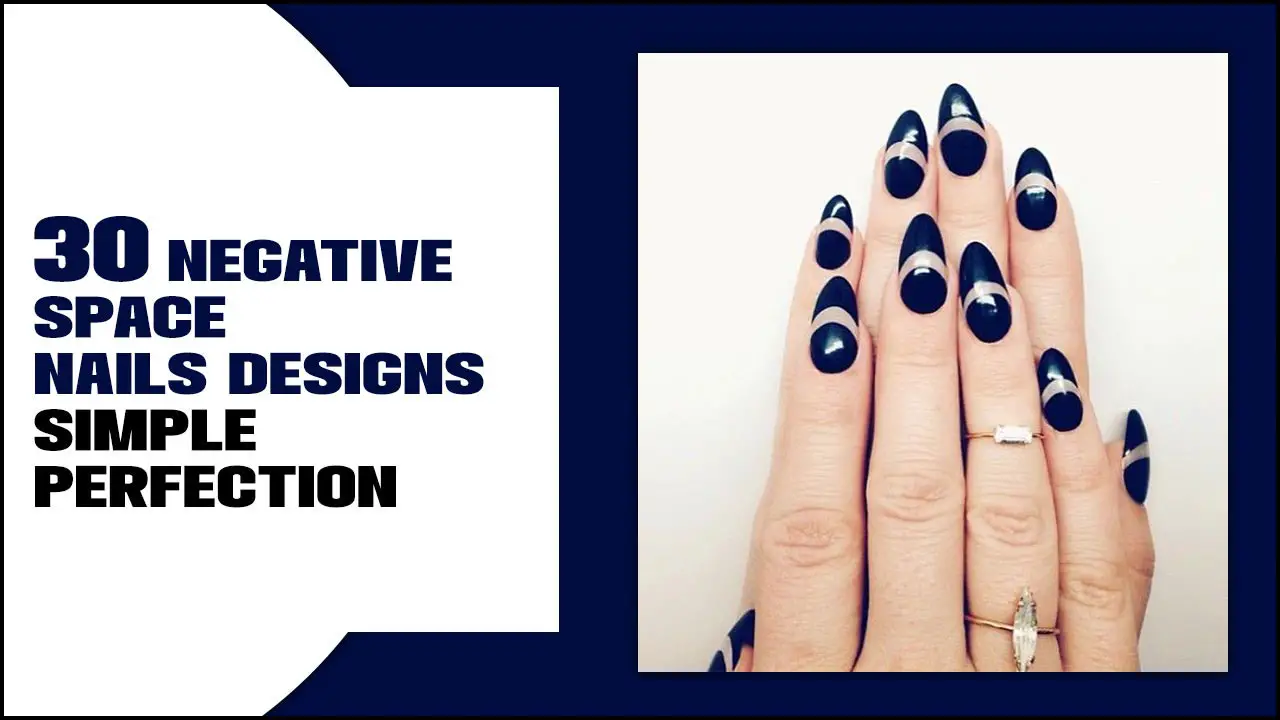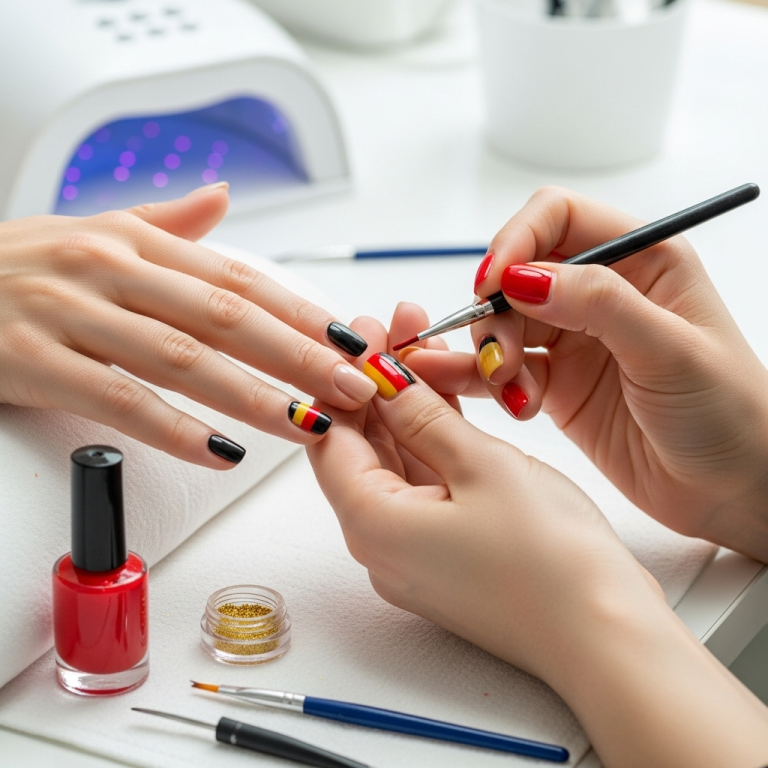Sculpted gel nail designs are a fantastic way to add depth, dimension, and professional polish to your manicures. These 3D effects create stunning, eye-catching looks that stand out, and with the right techniques and a few key tools, even beginners can master beautiful sculpted designs. Get ready to elevate your nail game and express your unique style!
Are you ready to take your nail art from flat to fabulous? Sculpted gel nails offer an amazing way to add texture and a touch of luxury to your manicure. It might sound complex, but with a little guidance, you can create truly impressive 3D designs right at home. Don’t worry if you’re new to this; I’m here to break it all down for you. We’ll explore what sculpted gel nails are all about, the essential tools you’ll need, and how to get started with some stunning, beginner-friendly designs. Get ready to wow yourself and everyone you meet!
What Exactly Are Sculpted Gel Nails?
Sculpted gel nails are a type of artificial nail enhancement. Unlike traditional acrylics or gel polish applied flat, sculpted gels are built up in layers to create a three-dimensional effect. Think of it as “sculpting” the gel onto your nail to form shapes, textures, or even miniature art pieces. This technique allows for designs that have real depth and dimension, such as flowers, bows, pearls, or intricate patterns that literally pop off the nail. It’s a versatile method that can range from subtle embellishments to bold statement pieces.
The “sculpting” part comes from how the gel is applied and cured. Instead of just painting it on, nail technicians or skilled DIYers use specialized gel formulas that can be manipulated into shapes. These gels are then cured under a UV or LED lamp, hardening and holding their sculpted form. This ability to build and shape is what makes sculpted gel designs so unique and eye-catching.
Why Choose Sculpted Gel Nail Designs?
You might be wondering what makes these designs so special. Here are a few reasons why sculpted gel nails are a favorite among nail enthusiasts:
Stunning 3D Effects: The most obvious benefit is the incredible depth and dimension. These aren’t just flat images; they have texture and form, making them visually striking.
Durability: Gel applications are known for their strength and longevity. When sculpted, they can be even more robust, resisting chipping and wear.
Versatility: From delicate floral patterns to bold geometric shapes, the possibilities are nearly endless. You can customize any design to match your mood or outfit.
Professional Finish: Sculpted gel nails can give your manicure a high-end, salon-quality look that’s sure to turn heads.
Creativity Unleashed: This technique is a painter’s palette for your fingertips, allowing for incredible artistic expression.
Essential Tools for Sculpted Gel Designs
Getting started with sculpted gel nails doesn’t require a massive investment, but having the right tools makes all the difference. Here’s a breakdown of what you’ll need:
Products
Builder Gel: This is your primary sculpting medium. Look for a thicker, self-leveling builder gel that’s designed for sculpting. Some can be used for both overlay and 3D art. You might need different viscosities for different purposes.
Gel Polish (Colors): For adding color details to your sculpted elements.
Clear Gel: Useful for encasing designs or creating a smooth top layer.
Gel Top Coat & Base Coat: Essential for any gel manicure to ensure adherence and a lasting, glossy finish.
Nail Prep Solutions: Including a dehydrator and primer to ensure optimal adhesion and longevity.
Alcohol Wipes: For cleaning brushes and removing the sticky inhibition layer.
Tools
UV/LED Nail Lamp: Absolutely crucial for curing the gel layers. Make sure it’s powerful enough for gel products.
Gel Brushes: You’ll need a variety of shapes and sizes.
Oval or Flat Gel Brush: For applying builder gel and creating larger sculpted pieces.
Detail/Liner Brush: For finer details, drawing lines, and adding small embellishments.
3D Carving Gel Brush: Some specialty brushes are designed for intricate sculpting.
Nail Forms or Tips: If you’re extending the nail length or creating a sculpted base, you’ll need these.
Nail Files and Buffers: For shaping natural nails and the sculpted gel.
Cuticle Pusher: To prepare the nail surface.
Non-Wipe Top Coat: For a shiny finish without stickiness.
Kits: Many brands offer starter kits that include essential builder gels and tools, which can be a great way to begin.
Getting Started: Preparing Your Nails
Just like any nail art, preparation is key to a long-lasting and beautiful sculpted gel design.
1. Cleanse and Sanitize: Start by washing your hands and sanitizing your tools.
2. Push Back Cuticles: Gently push back your cuticles using a cuticle pusher. Avoid cutting them if you’re a beginner; pushing them is safer.
3. Buff the Nail Surface: Lightly buff the natural nail surface with a fine-grit buffer. This removes shine and creates a slightly rough surface for the gel to adhere to.
4. Dehydrate and Prime: Apply a nail dehydrator to remove oils and moisture, followed by a nail primer for enhanced adhesion. This step is crucial to prevent lifting.
For a foundational understanding of nail preparation and its importance, resources like the U.S. Food and Drug Administration (FDA) on cosmetic product safety can offer general awareness on personal care product handling.
5. Apply Base Coat: Apply a thin layer of gel base coat and cure it under your UV/LED lamp according to the manufacturer’s instructions. This forms the foundation for your gel design.
Sculpted Gel Nail Designs: Step-by-Step Tutorials for Beginners
Let’s dive into some easy yet stunning sculpted gel nail designs you can try! We’ll start with simple shapes and build up from there.
Design 1: Simple 3D Gel Pearls
Pearls add an instant touch of elegance. This is a fantastic beginner design to get comfortable with sculpting.
What You’ll Need:
Gel Top Coat (non-wipe recommended for this!)
A dotting tool or the tip of your gel brush
A small amount of builder gel (clear or white)
Steps:
1. Apply Base and Color: Complete your gel base coat, color, and a layer of top coat (cured as usual). If you’re using a non-wipe top coat, you can sculpt directly on it. If not, cure a normal top coat, then lightly buff it to remove the shine so the builder gel can adhere.
2. Place a Dot of Gel: Using your gel brush or dotting tool, pick up a small bead of builder gel. Gently place it on the nail where you want your pearl.
3. Shape the Pearl: With your brush, carefully coax the gel into a round or slightly oval shape. Don’t overwork it, or it might spread too thin. The goal is a small, raised dome.
4. Cure: Place your finger under the UV/LED lamp and cure the pearl for the recommended time.
5. Repeat: Create as many pearls as you like, scattering them across the nail or arranging them in a pattern.
6. Seal (Optional): If you used a wipeable top coat previously, you might want to apply a very thin layer of non-wipe top coat over the entire nail, being careful not to flood the 3D pearls, to seal everything in. Cure again. Tip: If you cured a regular top coat, you can skip this step.
Design 2: Minimalist 3D Gel Bow
A tiny bow is a super cute and eye-catching detail!
What You’ll Need:
Builder gel (clear or white)
A small, flat or oval gel brush
Detail brush (optional, for tiny accents)
Color gel polish
Steps:
1. Prep and Base: Prepare your nails and apply your desired base color using gel polish. Cure. Apply a top coat and cure. For this design, you can either work on a cured non-wipe top coat or gently buff a regular cured top coat.
2. Create the Bow Loops:
Place a small bead of builder gel with your flat brush on the nail.
Gently press and pull the gel to create a curved loop shape, like half of a bow’s loop.
Cure this first loop.
Repeat on the other side to create the second loop, making sure it slightly overlaps or touches the first one in the center.
Cure the second loop.
3. Add the Center Knot: Place a smaller bead of builder gel in the center where the two loops meet. Use your brush to flatten and shape it into a small knot. Cure.
4. Add Color Detail (Optional): If you want a colored bow, you can either use colored builder gel or paint over the cured white/clear gel bow with gel polish using a detail brush, then cure.
5. Final Top Coat: Apply a thin layer of non-wipe top coat, being mindful not to cover the 3D texture of the bow, and cure.
Design 3: Easy Gel Flower Petals
This design uses simple strokes to create lovely flower petals.
What You’ll Need:
Builder gel (clear or colored)
A fine detail brush or a small, pointed gel brush
Nail alcohol wipes
Steps:
1. Base Application: Prepare your nails and apply your gel base coat, color, and top coat as usual. Ensure the top coat is cured. You can either work on a buffed surface from a regular top coat or directly on a cured non-wipe top coat.
2. Forming a Petal:
Dip your detail brush into builder gel.
Gently dab a small amount of gel onto the nail where you want the petal to start.
With a single, smooth motion, pull the brush away to create a teardrop or elongated petal shape. The thicker end should be at the base of the petal.
Cure the petal.
3. Create More Petals: Repeat step 2, creating 3-5 petals radiating from a central point to form a flower. Overlap them slightly for a fuller look. Cure after each petal if you want more control, or cure them all together if you’re feeling confident.
4. Center of the Flower: Add a tiny bead of a different colored gel or a contrasting builder gel in the center of the petals. Lightly shape it into a small dot or sphere. Cure.
5. Finish: Apply a thin layer of non-wipe top coat around the sculpted elements, being careful not to smooth them out, and cure.
Pro Tips for Working with Sculpted Gel
Work in Thin Layers: Especially when starting, build up your designs gradually. It’s easier to add more gel than to remove excess.
Keep Brushes Clean: Cleaning your gel brushes with alcohol after each use (or between steps) prevents gel from hardening on them and keeps your detail work sharp.
Don’t Flood the Cuticle: Always leave a tiny gap between the gel and your cuticle to prevent lifting and discomfort.
Cure Properly: Follow the curing times recommended by your gel product manufacturer. Under-curing can lead to a weak design and potential skin irritation, while over-curing can make the gel brittle.
Master the “Bead”: Gel has a viscosity that allows it to be manipulated. Practice picking up the right amount of gel (“beads”) and moving it with your brush.
Use a Non-Wipe Top Coat: For designs where you want the 3D texture to remain prominent, a non-wipe top coat is ideal as it provides shine without a sticky layer that would flatten the design. If you don’t have one, be sure to gently buff away the inhibition layer of a standard cured top coat before sculpting.
Practice on Swatches: Before trying on your nails, practice on nail swatches or even a piece of paper to get a feel for the gel’s consistency and how your brush moves.
Advanced Sculpted Gel Techniques (A Glimpse)
Once you’re comfortable with the basics, you can explore more advanced sculpted gel techniques:
3D Flowers (Multi-layer): Building intricate flowers with multiple petals, leaves, and realistic textures. This often involves different colored builder gels and advanced shaping.
Sculpted French Tips: Creating a crisp, 3D smile line for a French manicure that has a real sculpted edge.
Gemstone & Pearl Chains: Building rows of perfectly uniform “gems” or pearls along nail edges or cuticles.
Character Art: Sculpting tiny figurines or cartoon characters on the nails. This requires a very steady hand and fine detail brushes.
Mosaic & Drip Effects: Creating sculpted textures that mimic shattered glass, dripping paint, or intricate patterns.
These advanced techniques often involve combining different gel products, using specialized tools, and a lot of practice.
Understanding Gel Viscosity & Consistency
The “feel” of builder gel is paramount for sculpting. Gels come in various viscosities, which is how thick or thin they are.
| Gel Type/Viscosity | Typical Use | Sculpting Suitability | Notes |
| :—————– | :———————————————– | :————————- | :——————————————————————— |
| Low / Thin | Gel polish, thin overlays, sealing | Not ideal for sculpting | Too runny, flows too easily, hard to control shape. |
| Medium | Standard overlays, self-leveling builder gel | Good for beginner sculpting | Can hold shape but still has some self-leveling properties. |
| High / Thick | Sculpting, 3D art, nail extensions, structure | Excellent for sculpting | Holds shape well, great for building dimension, less self-leveling. |
| “Sticky” Gels | Art gels, some builders for 3D | Varies | Some have a very sticky inhibition layer that helps build texture. |
Choosing the right builder gel is essential. For beginners learning to sculpt, a medium to high viscosity builder gel is usually best. It will give you enough time to work with the product and shape it before it starts to set or cure. Many brands will specify if a gel is suitable for “sculpting” or “3D art.”
Gel Maintenance and Durability
Sculpted gel designs, when applied correctly, are quite durable. However, here are a few tips to help them last:
Avoid Harsh Chemicals: Prolonged exposure to harsh chemicals (like strong cleaning agents) can weaken the gel. Wear gloves when cleaning or doing chores.
Don’t Pick: Resist the urge to pick at your nails. This can lift the gel and damage the natural nail underneath.
Regular Fill-ins: As your natural nail grows, the “apex” of the sculpted design will move. You’ll need infills every 2-4 weeks to maintain the structure and appearance.
Gentle Filing: When filing your nails, use a gentle pressure. The sculpted elements can be more delicate than a flat overlay.
Transitioning to More Complex Designs
As you grow more confident with basic sculpted elements like pearls and bows, you’ll naturally want to try more complex ideas. The key is to understand the principles of building volume and shape.
Layering is Your Friend: Most complex 3D designs are built by creating smaller, simpler shapes and then layering them. For example, a rose might start with sculpted petals, and then more are added on top.
Color Blending: For flowers or gradients, you can use different colored gels and blend them while they are still wet (before curing) for a seamless look.
Adding Detail: Once you have a basic sculpted shape, you can use fine liner brushes and colored gel polishes to paint on textures, lines, or highlights to enhance realism.
* Encapsulation: For very delicate or intricate 3D elements, you might want to “encapsulate” them with a clear builder gel. This means applying a layer of clear gel over the entire design, then filing and buffing it to a smooth, shiny finish, protecting the 3D elements.
Remember, patience and continuous learning are vital. Every nail artist starts as a beginner.
Frequently Asked Questions About Sculpted Gel Nails
Q1: Can I do sculpted gel nails at home?
A: Absolutely! With the right tools and practice, you can create beautiful sculpted gel nail designs at home. Start with simpler designs and gradually work your way up.
Q2: What’s the difference between builder gel and regular gel polish for sculpting?
A: Builder gel is much thicker and designed to build structure and dimension. Regular gel polish is thin and meant for color application. You can’t effectively sculpt with regular gel polish; you need a product with more body, like builder or sculpting gel.
Q3: How long do sculpted gel nails last?
A: When applied correctly, sculpted gel nails can last between 2 to 4 weeks. Their longevity depends on proper application, nail care habits, and the natural growth of your nails.
Q4: Does sculpting gel damage my natural nails?
A: When done correctly and removed properly, gel applications should not damage your natural nails. The key is avoiding improper removal, such as picking or prying, and ensuring you use a good dehydrator and primer for optimal adhesion, reducing the need for excessive filing.
Q5: Do I need a special brush for sculpting gel?

